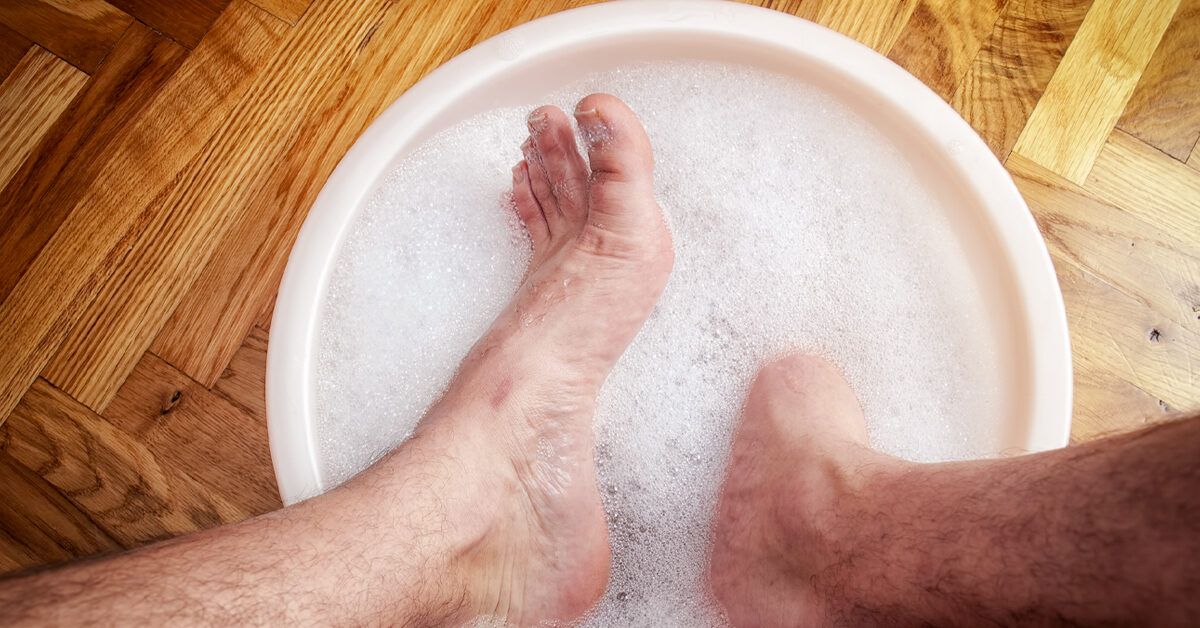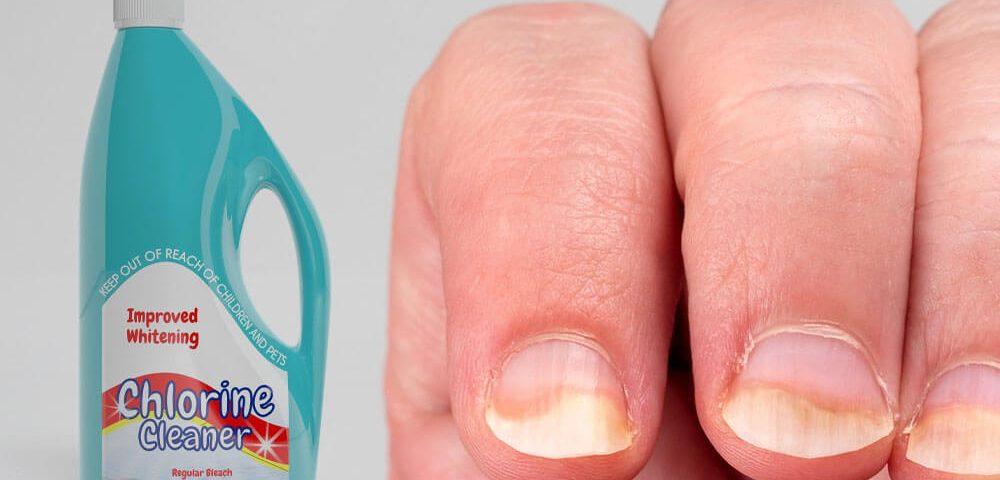Does Bleach Help Toenail Fungus?
Toenail fungus, medically known as onychomycosis, is a common condition that affects many individuals. It can lead to discomfort, unsightly nails, and even more severe health issues if left untreated. As people seek effective remedies, the question arises: does bleach help toenail fungus? This inquiry leads us to explore the properties of bleach, its potential effectiveness against fungal infections, and safer alternatives for treatment.

Bleach, or sodium hypochlorite, is a powerful disinfectant known for its ability to kill bacteria and viruses. Its strong oxidizing properties make it a popular choice for cleaning and sanitizing surfaces. However, when it comes to treating toenail fungus, the situation is more complex. While bleach can kill some types of fungi on surfaces, its application on human skin and nails is not straightforward.
Using bleach directly on toenails can be risky. The skin surrounding the nails is sensitive, and applying bleach can lead to irritation, burns, or allergic reactions. Moreover, toenail fungus often resides beneath the nail, making it difficult for topical treatments, including bleach, to penetrate effectively. Therefore, while bleach may have antifungal properties, its use as a treatment for toenail fungus is not recommended due to the potential for harm and limited effectiveness.
Many individuals have turned to home remedies in hopes of finding relief from toenail fungus. Some popular alternatives include vinegar, tea tree oil, and over-the-counter antifungal creams. Vinegar, particularly apple cider vinegar, is known for its acidic properties, which can create an unfavorable environment for fungi. Soaking the affected nails in a vinegar solution may help reduce the infection over time.
Tea tree oil is another natural remedy that has gained popularity for its antifungal properties. This essential oil can be applied directly to the affected area, often diluted with a carrier oil to minimize skin irritation. Regular application may help in reducing the severity of the infection and promoting healthier nail growth.
For those seeking medical intervention, over-the-counter antifungal treatments are widely available. These products often contain active ingredients like clotrimazole or terbinafine, which are specifically designed to target fungal infections. They can be more effective than home remedies, especially for moderate to severe cases of toenail fungus.
In some instances, a healthcare professional may prescribe oral antifungal medications for persistent infections. These medications work from within the body to eliminate the fungus and are typically reserved for more severe cases due to potential side effects. Consulting a healthcare provider is essential for determining the most appropriate treatment plan based on the severity of the infection and individual health considerations.
Preventing toenail fungus is equally important as treatment. Maintaining proper foot hygiene, keeping nails trimmed and dry, and wearing breathable footwear can significantly reduce the risk of developing fungal infections. Additionally, avoiding walking barefoot in communal areas, such as swimming pools and locker rooms, can help prevent exposure to fungi.
while bleach has disinfectant properties, its use as a treatment for toenail fungus is not advisable due to potential skin irritation and limited effectiveness. Instead, individuals should consider safer alternatives such as vinegar, tea tree oil, or over-the-counter antifungal treatments. For persistent cases, seeking professional medical advice is crucial. By understanding the nature of toenail fungus and exploring effective treatment options, individuals can take proactive steps toward healthier nails and overall foot health.




